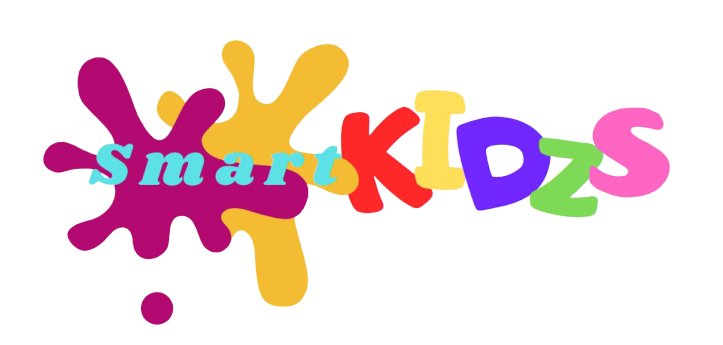Augmented Reality (AR) and Virtual Reality (VR) are transforming how kids learn by adding interactive, engaging, and hands-on experiences to the traditional ways of teaching. With AR and VR, children can explore places, objects, and concepts in ways that are difficult, if not impossible, to replicate in real life.
This blend of visual and interactive elements enhances their understanding and makes learning enjoyable. Here are some of the main ways kids can benefit from AR and VR technology in education, along with a few examples.
1. Exploring New Worlds and Places
AR and VR make it possible for kids to visit distant places, historical landmarks, and even outer space—all without leaving the classroom. With VR, students can take virtual field trips to ancient civilizations, such as ancient Egypt or Rome, and explore famous landmarks like the Great Wall of China or the pyramids in Egypt. These virtual tours give students a real sense of being there, making history and geography come alive in ways that pictures or videos cannot.
Example: Imagine a classroom where kids put on VR headsets to explore Mars’ surface. They can “walk” on the red planet, observe its landscapes, and learn about the Martian environment without needing to leave their seats. This experience would be unforgettable and far more impactful than reading about Mars in a textbook.
2. Learning by Doing
One of the best ways to learn is by doing, and AR and VR allow kids to practice skills and experiment in a virtual space. VR simulations can be used for tasks like solving math problems, conducting science experiments, or even practicing real-world skills, such as fixing a machine or learning medical procedures, in a safe environment. This approach allows kids to make mistakes and learn from them without any risk.
Example: A VR chemistry lab could let kids safely mix chemicals, observe reactions, and learn about lab procedures without needing actual chemicals or safety equipment. They get to practice real science in a virtual setting, helping them to understand complex topics in an engaging and hands-on way.
3. Improving Focus and Engagement
One of the main benefits of AR and VR is that they grab students’ attention and help them focus on the topic at hand. Many students find traditional learning methods, like reading from a textbook, boring or hard to follow. However, by adding interactive elements and visuals, AR and VR make learning more appealing, encouraging kids to concentrate better and learn more effectively.
Example: AR flashcards can make learning letters, numbers, or animals more fun. When kids point a tablet or phone at the card, it brings the image to life with sounds and animations, turning something simple like learning the alphabet into an exciting experience.
4. Enhancing Creativity and Imagination
AR and VR encourage kids to think creatively and expand their imaginations. By letting them explore new worlds, imagine different scenarios, and create their own virtual designs, these tools help to build creative skills and promote out-of-the-box thinking.
Example: In an art class, VR can allow students to “paint” in a 3D virtual space. They can create sculptures, paintings, and other artworks, then view them from all angles. This way, children get to play with colors, textures, and shapes in ways that traditional methods cannot offer, making their art classes more innovative and inspiring.
5. Supporting Different Learning Styles
Every student has a unique learning style—some learn best through visuals, others through hands-on experience, and some through listening. AR and VR provide multi-sensory learning experiences that appeal to various types of learners, ensuring that every student can engage with the material in a way that suits them best.
Example: In a language class, AR might allow kids to “see” objects that match new vocabulary words. If they’re learning the word “apple” in a foreign language, AR can show a 3D apple image on their screens, allowing them to make a visual connection with the word, which is particularly useful for visual learners.
6. Making Difficult Subjects Easier to Understand
Some subjects, like biology or physics, can be challenging for young students because they deal with complex ideas that can be hard to visualize. AR and VR help break down these complex topics by allowing students to see and interact with 3D models, animations, and simulations. This makes learning feel less intimidating and more approachable.
Example: In a biology class, VR can allow kids to take a journey inside the human body, exploring organs, veins, and cells up close. This 3D tour helps students understand how different body parts work together and makes biology more interesting and understandable.
7. Building Confidence and Teamwork Skills
AR and VR can provide kids with opportunities to solve problems, make decisions, and work as a team in a virtual environment. They can collaborate with their classmates in virtual spaces, work together on projects, and tackle challenges as a group. These experiences help build confidence, teach teamwork, and allow kids to develop important social skills.
Example: A VR game where kids work together to solve a mystery or escape from a virtual maze requires communication, cooperation, and creative thinking. This experience builds confidence and reinforces the importance of teamwork in a fun, low-pressure setting.
Conclusion
AR and VR are more than just tech tools; they are powerful educational aids that can transform learning for kids. By making subjects engaging, interactive, and fun, AR and VR help students retain information, spark their curiosity, and develop new skills. As these technologies continue to improve, they are likely to become even more essential in classrooms, ensuring that learning is not only effective but also enjoyable for every child.


